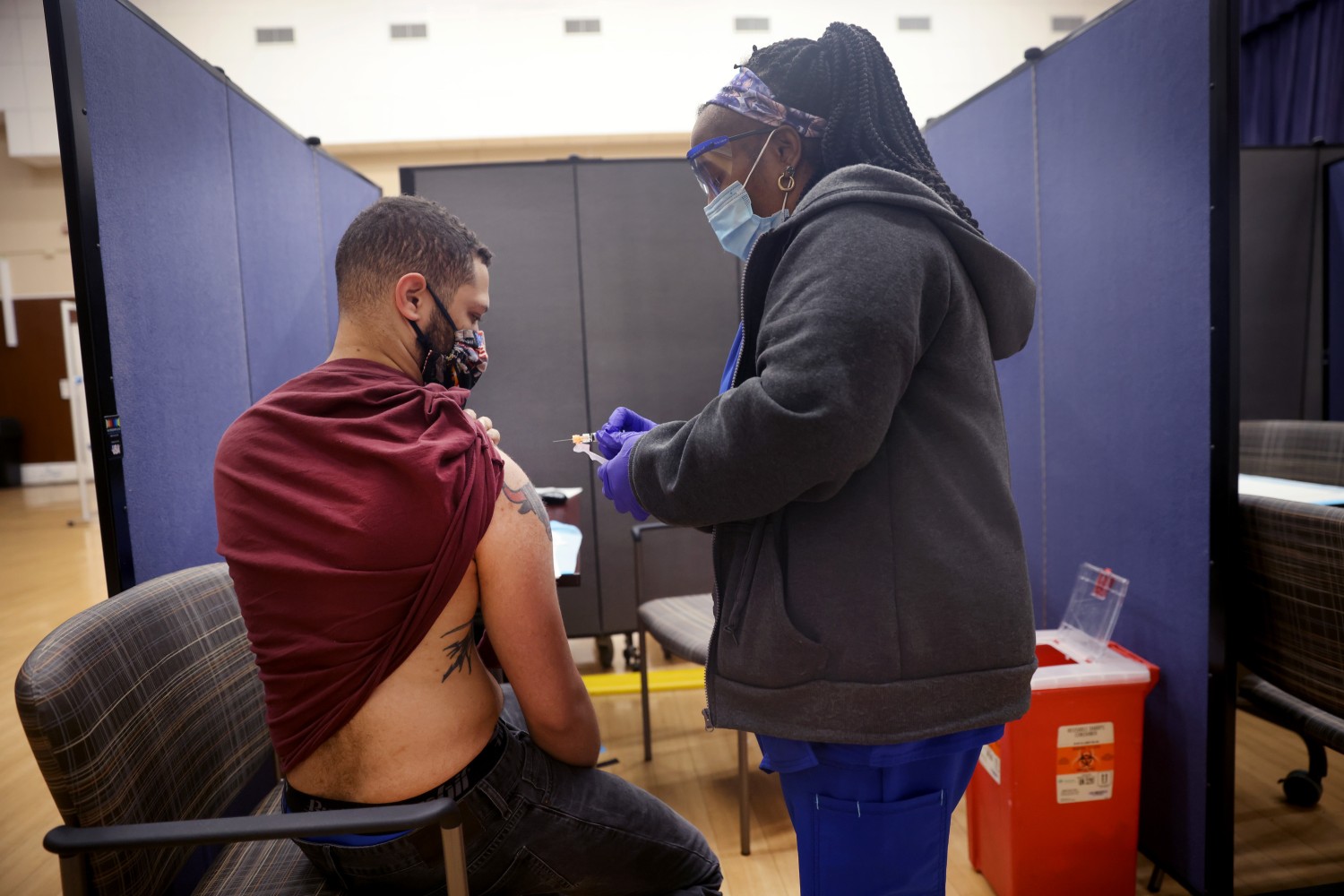The Trifecta Pandemic: A Winter Dilemma

The past two years’ events have greatly influenced how people in schools, workplaces, and other social spaces interact. What started as a localized laboratory experiment gone wrong gradually became a global catastrophe that has claimed millions of lives.
The pandemic paralyzed travel, commerce, schooling calendars, and social interactions in most parts of the world. Americans were given some hope by enforcing strict social distancing and mask rules. However, the situation will likely change drastically with winter just around the corner.
Why Is the Situation Likely to Change?
Read More »Cases of R.S.V. infections among children are already on the rise, which is odd based on the timing and the similarities in symptoms with flu and Covid. According to various projections, enteroviruses, flu, and rhinoviruses will surge in the next few weeks, burdening dozens of hospitals across numerous American states.
Dr. Waghmare, an infectious disease specialist, believes that another Covid-19 wave is looming and with more severe effects than before. Other experts believe that R.S.V., Covid, and flu as individual illnesses will be mild, but a combination of two or all may sicken Americans in the millions.
Moreover, Andrew Read is convinced that no private or public medical institution has ever prepared for a possible medical crisis of such magnitude. Hospitals across the country will be incredibly strained, limiting their ability to dispense medical care effectively.
Who Are at Risk?
Expectant mothers, senior citizens, and immunocompromised individuals face the most significant threat from the three illnesses. Young children, on the other hand, are more likely to contract R.S.V. and influenza.
Immunity in children cannot handle the effects of illnesses because of their weaker immunity. This characteristic can be attributed to a lack of prior exposure to flu-like viruses, especially Covid, or their immunity diminishing over time.
Many vulnerable groups are advised to get vaccine shots as soon as possible and avoid unnecessary risks. This is because the vaccine, though it cannot prevent one from being infected with Covid, remains the best way to protect people from the adverse effects of the viruses and death.
Unfortunately, no known vaccines or curative drugs exist for R.S.V., which causes about 14,000 deaths annually in adults and 300 in young children. However, developments are underway by Pfizer to develop a preventive drug.
Why Is Another Wave Imminent?
There has been a gradual rise in Covid incidences and deaths in various European nations over recent weeks. Experts warn authorities that the same trend may be heading to America if adequate prevention measures aren’t employed.
Variants of coronavirus are resistant to vaccines and drugs like Evusheld and exhibit more harmful effects than their predecessors. This characteristic is dangerous to immunocompromised individuals if they get infected.
The current vaccines offered protection against the Covid variants prevalent during the summer, and winter was never considered. According to Aubree Gordon, the vaccines may still provide significant reprieve against the severity of the virus.
The most immune elusive Covid variant is the BA.5, but more elusive variants such as the BQ.1.1 are rapidly coming up. The BQ.1.1 is responsible for the recent spike in European cases and about 11% of the patients in America. It may seem small, but the numbers were at 3% two weeks ago.
Singapore, one of the most vaccinated countries, is experiencing a new and more aggressive wave of variants; the X.B.B. and its subvariant XBB.1.
The two versions are already in the U.S.; however, experts have pointed out that the symptoms will be similar to their predecessors, but their immunity evasiveness will continue.
The F.D.A. approved more boosters to be made for BA.5 viable for all ages from 5 years. The number of vaccinated people vis-a-vis those who qualify is significantly low, but the situation is likely to change as more cases are reported, especially in young children.
Why Should We Be Concerned?
Previously flu viruses killed tens of thousands of Americans each winter and infected millions more. During the 2018-19 flu season, there were about 28,000 deaths, 13 million medical visits, and 380,000 hospital admissions.
In the southern hemisphere, the flu season lasts from May to October and is dependent on the winters in the northern hemisphere. This year’s flu season began earlier than anticipated by weeks in Australia and New Zealand, with significantly more cases and hospitalizations.
More than 90% of Nicaraguans were fully protected against Covid by January 2022, and many more had acquired immunity to one or more ailments. However, Covid and influenza became prevalent in the country throughout the first half of this year. Children had higher influenza rates than during the 2009 pandemic and were generally sicker than in previous years.
In the U.S., flu season begins in October and continues through March, peaking between December and February. However, this year’s season has already started in some parts of the country.
As of October 8, the C.D.C. reported that 3% of tests performed across the country tested positive for influenza. However, rates in several South-Eastern states exceed 10%, and those in the South-Central region exceed 5%. Earlier this month, Texas observed a significant increase in the rate of positive flu tests, climbing to 5.3 percent from 3.7 percent the previous week.
According to numerous southern states, ventilators are used more regularly than a few months ago. New York state health officials announced earlier this month that the virus was already widespread in the state, with the number expected to spike as winter hits.
Which Way Forward?
According to C.D.C. data, flu vaccination rates in all age classes were lower than last year. The most significant slump in vaccination rates was reported in high-risk children aged six months to 4 years, where rates dropped from 75% before the coronavirus to the current 67%.
The decreasing statistics may be due to parental ignorance concerning the virus’s harmful effects on young children or skepticism towards Covid vaccines and flu shots.
Some places have a higher risk of severe illness and hospitalization rates due to the flu. A recent C.D.C. report reveals that hospitalization rates throughout flu seasons from 2009 to 2022 were 80% higher among Black adults and 30% among Native American and Alaskan Native adults. The numbers were 20% higher among Hispanics compared to white adults.
However, flu vaccine rates were significantly lower in all these groups. Vaccination rates among pregnant women decreased by approximately 9 percent across all racial and ethnic groups.
Usually, the effect of antibodies is felt roughly two weeks after a patient receives a dosage. If people are given vaccination now, it may provide better protection during the wintertime than the one shown in September.
Public health officials advised that older people and those with weakened immune systems receive the Covid and flu vaccines. Young people in good health may choose to have both vaccinations if they don’t want to become sick, can’t afford to miss work, or wish to protect persons in their immediate surroundings who are more vulnerable.





